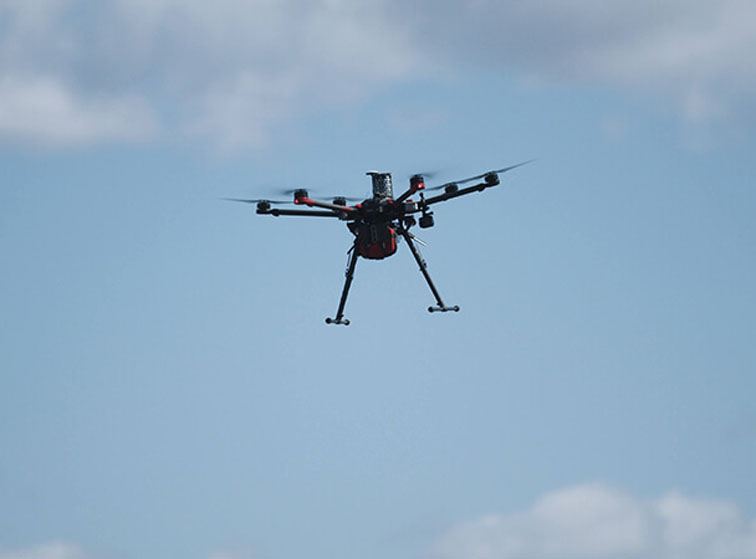 We all remember the iconic scene from 2016, where a Canberra man was charged by the Civil Aviation Safety Authority of Australia for using a drone to collect a hot dog from his local Bunnings’, all from the comfort of his backyard spa.
We all remember the iconic scene from 2016, where a Canberra man was charged by the Civil Aviation Safety Authority of Australia for using a drone to collect a hot dog from his local Bunnings’, all from the comfort of his backyard spa.
But while the lifesaving merits of a sausage sizzle are arguable, in Sweden drones have been delivering a new chance at life since 2020, in the form of defibrillators.
In fact, on 9 December 2021, for the first time in medical history, a drone has played a crucial part in saving a life during a sudden cardiac arrest, when a drone delivered a defibrillator that helped save the life of a 71-year-old man in Trollhättan, Sweden.
“I can’t put into words how thankful I am to this new technology and the speedy delivery of the defibrillator,” said the patient, who has made a full recovery and returned home. “If it wasn’t for the drone I probably wouldn’t be here.”
Within just over three minutes of bystanders making an emergency call, first responder Dr Mustafa Ali was able to administer the lifesaving treatment.
“I was on my way to work at the local hospital when I looked out the car window and saw a man collapsed in his driveway,” Dr Ali said. “I immediately understood that something was wrong and rushed to help. The man had no pulse, so I started doing CPR (cardiopulmonary resuscitation) while asking another bystander to call 112 (the Swedish emergency number) and just minutes later I saw something flying above my head – it was a drone with a defibrillator!”
The Swedish drone delivery system is operated by the company Everdrone and was developed in close collaboration with the Center for Resuscitation Science at the Karolinska Institute, SOS Alarm and the Västra Götaland regional authority, and currently, the service can reach some 200,000 people across the country.
It was rolled out following a successful trial conducted in 2020, where three AED-equipped drones were integrated with Swedish emergency services for automated deployment in beyond-visual-line-of-sight flights across 125 km2 of controlled airspace.
The drones were able to successfully deliver the AED in 92 per cent of emergencies within a 9m radius of the patient’s location and crucially, arrived before the ambulance in 64 per cent of the scenarios, providing a median time benefit of 1 minute and 52 seconds.
The program is expected to expand to more locations in Europe during 2022 and the collaboration team is working on further improvements to increase dispatch rate and lifesaving time benefits.

